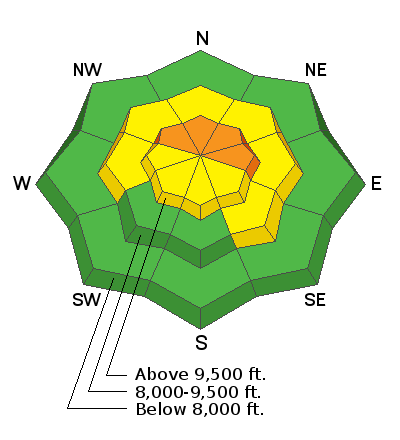Forecast for the Salt Lake Area Mountains

Issued by Drew Hardesty on
Tuesday morning, December 15, 2020
Tuesday morning, December 15, 2020
Approach any steep wind drifted slope with great caution.
Areas of CONSIDERABLE danger exist on many slopes in the upper elevations. This danger is most pronounced on steep northwest to north to east facing slopes. A MODERATE danger exists on the other aspects up high and on many aspects in the mid-elevations.
Human triggered avalanches 12-18"+ deep are likely and may be triggered at a distance. They may also be triggered from below. Collapsing and cracking are immediate signs of an unstable snowpack.
Please make conservative decisions to avoid getting hurt and further stressing emergency services and the health care system.

Low
Moderate
Considerable
High
Extreme
Learn how to read the forecast here










